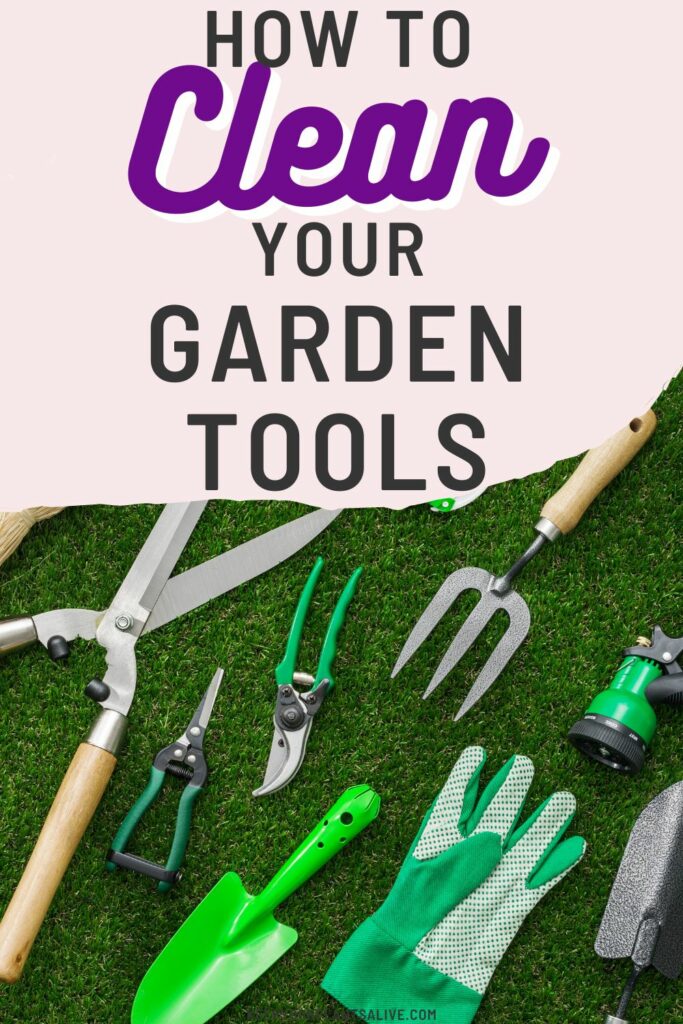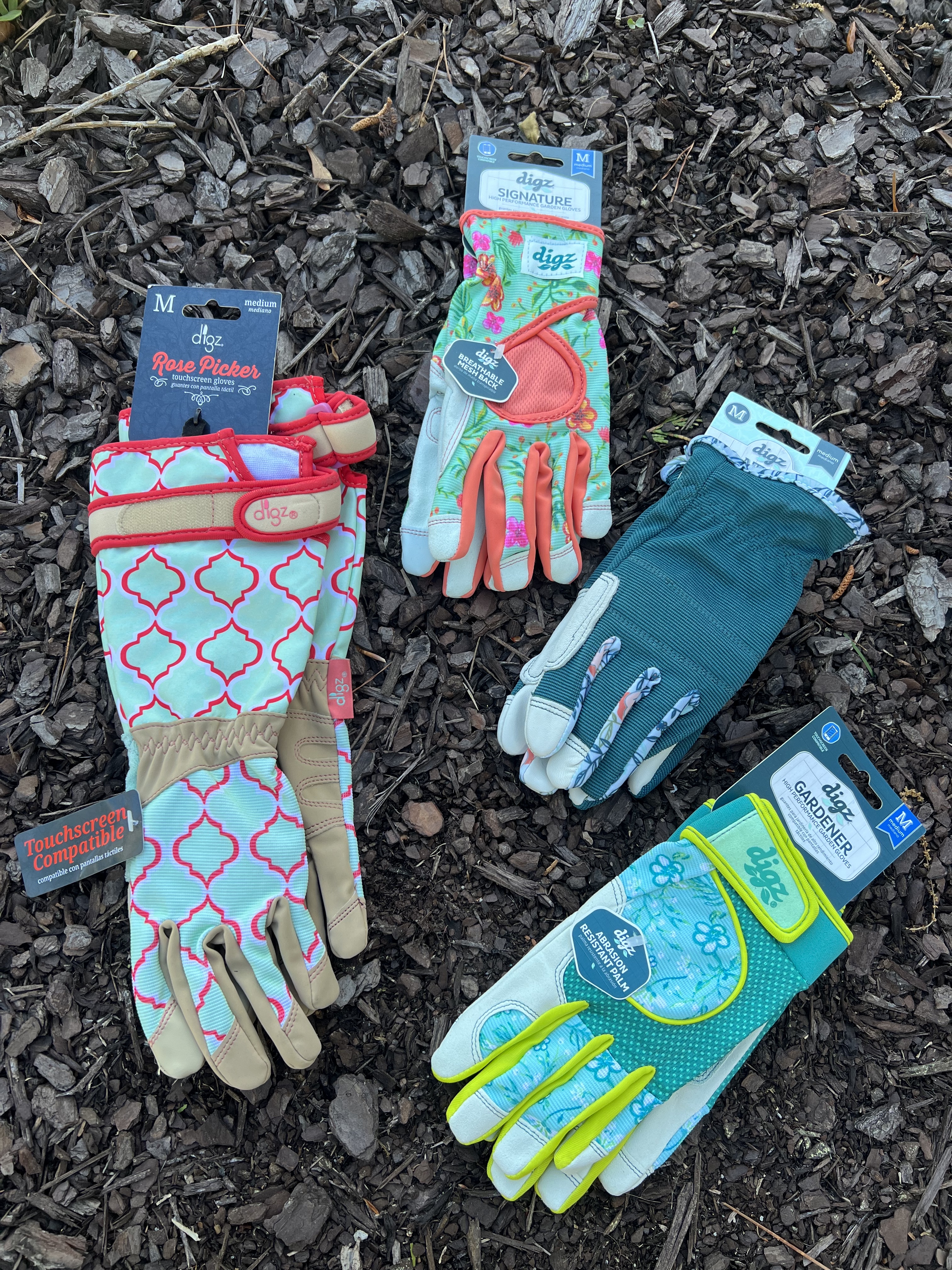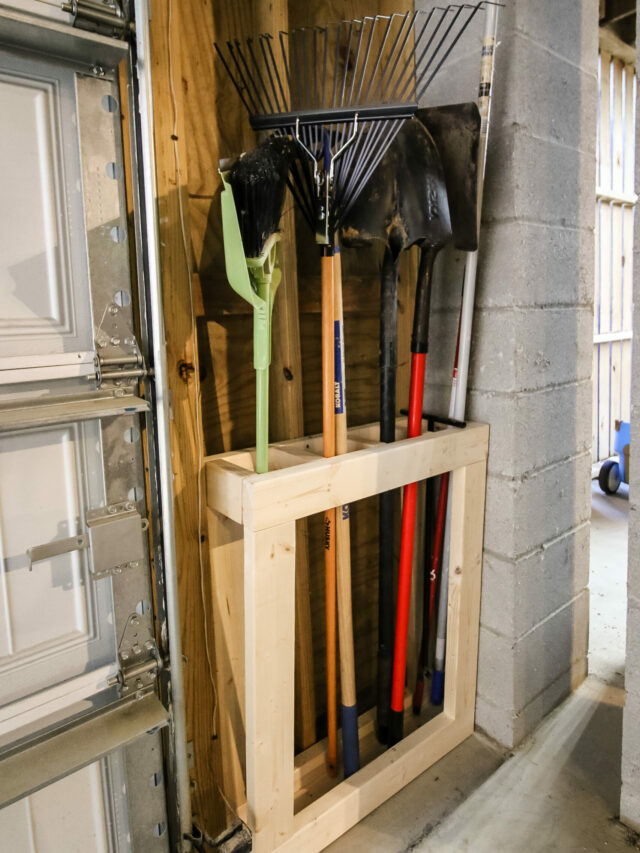Learn the essential steps on how to clean your garden tools effectively for better gardening results. Discover the importance of maintenance, ideal cleaning solutions, and expert tips to keep your tools in top shape.
Laziness can take the wheel at any time of life. It can either enter the professional world or take over one of the things you cherish the most – your hobby.
If you love spending time in your garden, but sluggishness has started taking over, it might reflect on your gardening tools.
In this article, we are opening a very important topic for all gardening enthusiasts - how to clean your garden tools.

What are common garden tools?
Common garden tools include:
- Shovel: Used for digging holes, moving soil, and planting.
- Rake: Ideal for leveling soil, removing debris, and spreading mulch.
- Garden Hoe: Used to break up soil, remove weeds, and create furrows.
- Pruning Shears: Designed for trimming and shaping plants, shrubs, and small branches.
- Garden Trowel: Handy for transplanting seedlings and digging small holes.
- Garden Fork: Used for turning and aerating soil, as well as lifting and dividing plants.
- Wheelbarrow: Essential for transporting soil, mulch, and garden materials.
- Garden Gloves: Protect hands from thorns, dirt, and chemicals.
- Watering Can: Used to water plants gently and precisely.
- Hose and Nozzle: For convenient and adjustable watering.
- Garden Pruner: Ideal for cutting larger branches and stems.
Why should you clean your garden tools?
Every person with a green thumb should know that gardening tools are the staple of a gorgeous garden.
Proper tools will contribute to keeping your backyard in tip-top shape. This can be anything from a shovel for digging holes to bulb planters and pruning shears – all of them contribute to your success as a gardener.
So, amid all this, do you know why cleaning tools for the garden are important?
Before we get right into the subject, note this – cleaning yard tools is a form of maintenance – it will keep them sharp, remove any disease-laden soil, and keep rust at bay.
Also, keeping them neat prevents cross-contamination from aphids, fungus, and other plant-related issues.
Can gardening gloves be washed?
Check the tag, but gardening gloves are almost always washable. I throw mine in the washing machine with towels or something similar.
If they have velcro, be sure that it is fastened to keep it from snagging anything!

How often should you clean your garden tools?
Cleaning your gardening tools should become a green habit - ideally, you should clean them after every use. This is one of the most important steps as a gardener – thorough cleaning and inspection after you’ve done working in your backyard is extremely important.
Think about it – if you have used the tools to remove or prune a plant affected by a disease, the tools should be cleaned immediately before moving on to the next plant. Sounds logical, doesn’t it?
How do you clean your garden tools?
Keeping a bucket filled with chlorine bleach and nine parts water is the perfect approach for cleaning your gardening tools.
This way, you can clean them by dipping them into the solution and drying them, as well as before you continue using them on the next plant on your list.
While we are on the subject of cleaning yard tools with this specific mixture, you can continue reading to discover how to do that in detail.

Equipment needed to clean garden tools:
- Plastic scraper or a putty knife
- Steel wool or a stiff wire brush
- Old rags
- Bucket (or a few)
- Garden hose
Materials needed to clean garden tools:
- Vegetable oil
- Chlorine bleach
- Dishwashing liquid
- WD-40
- Turpentine or lighter fluid
Steps to clean your garden tools
Here are step-by-step instructions on how to clean your garden tools properly.
STEP 1: Wash away the soil
The first step of cleaning gardening tools is hosing down all of your tools with a blast of water. Spray your tools until all the dirt and soil have been washed away.
If there is some persistent mud that just does not go away, get a plastic scraper or a putty knife and remove it.
STEP 2: Soak your tools
It is time to use the dishwashing liquid! Get a bucket fill it with water, and make sure it’s hot.
Then, add about a teaspoon of dishwashing liquid per gallon of water - this will remove all the residual soil and will make your tools look brand new!
Add each tool to the bucket after you have removed the heavy soil from it and let it soak in the bucket for at least 15 minutes.
STEP 3: Rinse and dry
Once you remove the tools from the soapy water one by one, make sure to rinse them thoroughly. This step will remove any leftover soap that was stuck in the tiny bits of the tool.
During this step, remember to use cool water. After that, pat your tools dry with a microfiber cloth.
STEP 4: Check for rust
Of course, remove it if you find some! After the tools have been completely wiped down and dried, take each tool individually and check it for a sign of rust.
If you notice some, take a stiff wire brush or steel wool to scrub that area away. Before you scrub, apply some of the vegetable oil on the area to loosen the rust – so you can remove it more easily!
STEP 5: Remove the gooey stuff
Do the tools feel sticky to the touch even after you’ve cleaned them? This could be the result of plant sap or insect residue.
Take an old cloth, dip it in a little bit of turpentine or some lighter fluid, and wipe down the tool. Focus on the hinged areas, and don’t leave out any part of the tool.
STEP 6: Disinfect the tools
Last but not least, before storing your tools away, you need to disinfect them so you can kill off any fungus or bacteria.
Take two cups of chlorine bleach and a gallon of water and put them in a bucket. Submerge the tools in the mixture and let them sit for 10 minutes.
Finally, rinse them well and completely dry them off.

Garden Tool Maintenance
If you want to keep your garden healthy and thriving, cleaning your gardening tools is a must. Here are some additional tips for you:
- After cleaning, store your tools correctly by putting them in a dry storage area.
- Hang longer tools on the wall so they don’t touch the floor.
- If your tools have wooden handles, sand them once or twice a year and rub them with linseed oil afterward.
- Occasionally sharpen your tools with WD-40.
So there you have it – the question of how to clean your garden tools is answered just for you! We hope you enjoyed this topic and will keep reading – because we have a lot more interesting subjects waiting for you!
Thanks for reading!


Hey there, I'm Morgan, a houseplant enthusiast from sunny Charleston, South Carolina. Growing up surrounded by my mom's lush orchids and African violets, I discovered the magic of bringing nature indoors. Thanks to the pandemic, I delved deeper into houseplants, discovering their power to uplift moods and transform spaces. I'm here to spill all my secrets, helping you pick the perfect houseplant - and make it happy. Let's keep your plants alive, together! 😊
